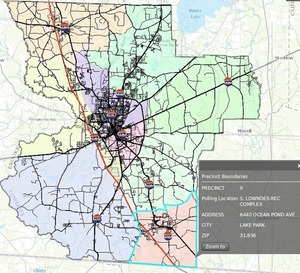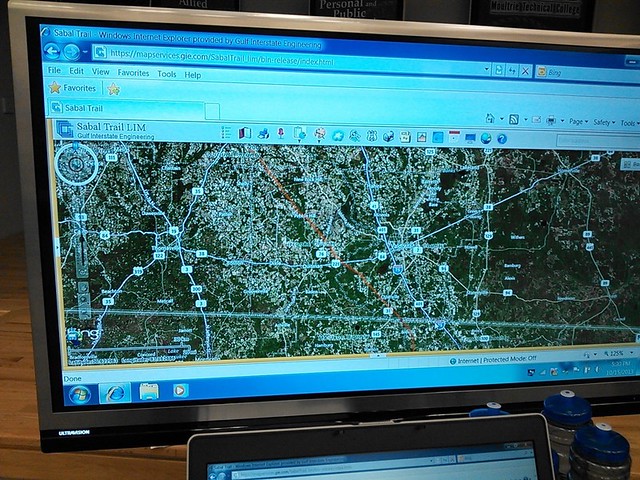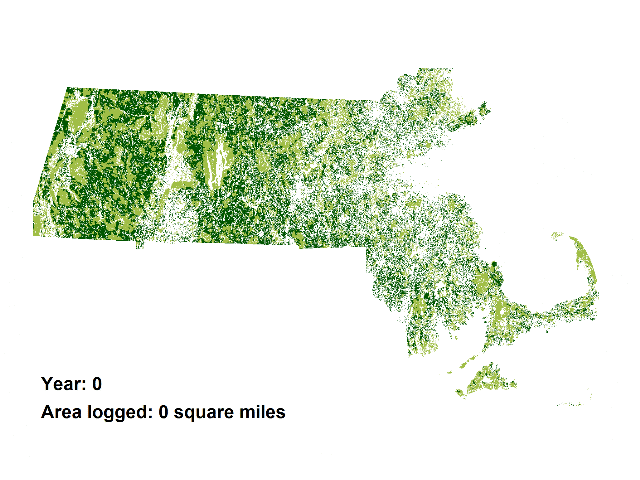 These videos are for those of you who have jobs, or responsibilities, which prevent you from taking random days or hours off at a time. Commissioner Marshall was absent from the second day of the retreat because he has a job which does not allow him the flexibility of daytime hours off. (The first day of the retreat was on Presidents Day.)
These videos are for those of you who have jobs, or responsibilities, which prevent you from taking random days or hours off at a time. Commissioner Marshall was absent from the second day of the retreat because he has a job which does not allow him the flexibility of daytime hours off. (The first day of the retreat was on Presidents Day.)
The topics of discussion ranged from the ever popular litter and trash collection, to special tax districts, fire and emergency response, animal control and the animal shelter, and one of my favorites, electronic records. Most presentations were made either by the county manager or clerk but the current Deep South Solid Waste Authority Chairman Kevin Beals was first up to talk trash.
Below are links to each LAKE video of Day 2, followed by a LAKE video playlist. See also the LAKE videos of Day 1 and Continue reading



